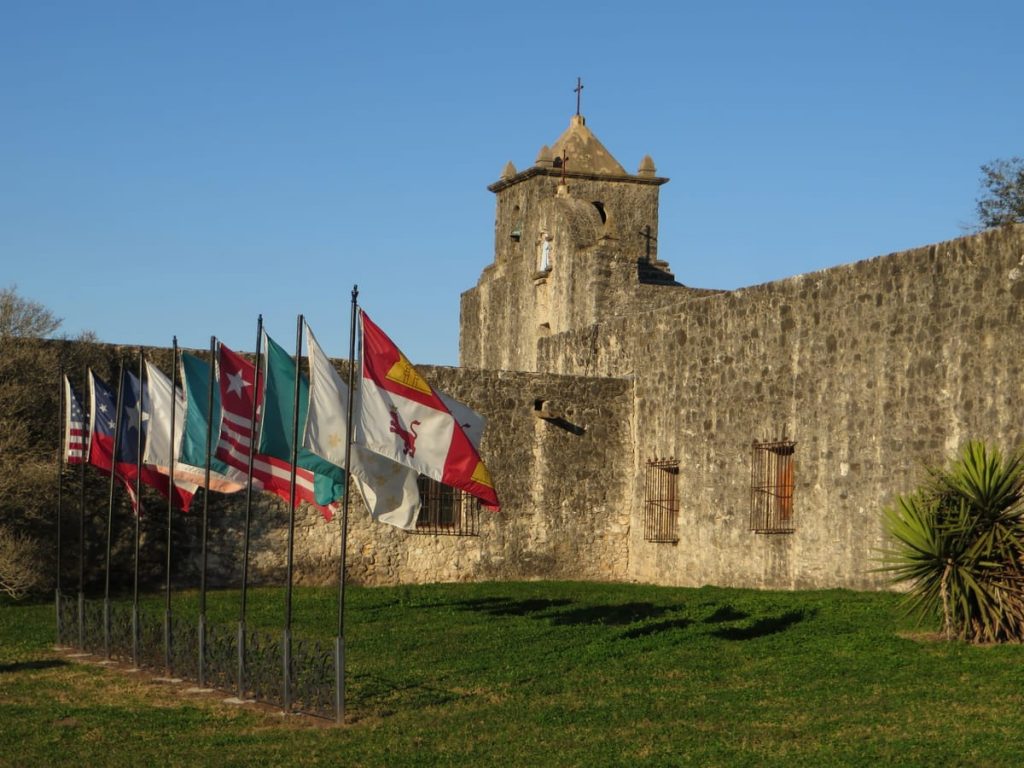
Presidio La Bahia
Once the site of a bloody massacre, Presidio La Bahia is reportedly haunted by those murdered souls
Paranormal Claims at
Presidio La Bahia
- Phantom footsteps are often heard
- Unexplained odors of burning, rotting flesh have been encountered
- Apparitions are said to appear throughout the site, sometimes in broad daylight
- Sounds of soldiers screaming in pain are frequently reported
- Visitors have reportedly encountered phantom blood spots on the walls
- The apparition of a colonel awaiting execution has been seen at times
- Booming sounds of cannon shots and gunfire are reported
- Tourists in the fort say they get uneasy feelings, as if being watched
Presidio La Bahia’ s History
Rebuilt from the ground up with immense care and attention to detail, even the keenest visitors to Texas’ Presidio La Bahia today would be hard-pressed to tell the colonial era structures from those rebuilt just a few short decades ago. But the nine flags flying in its walls tell of the long, colorful history of Presidio La Bahia, and of the six nations and three militias who have controlled the fort throughout its life.
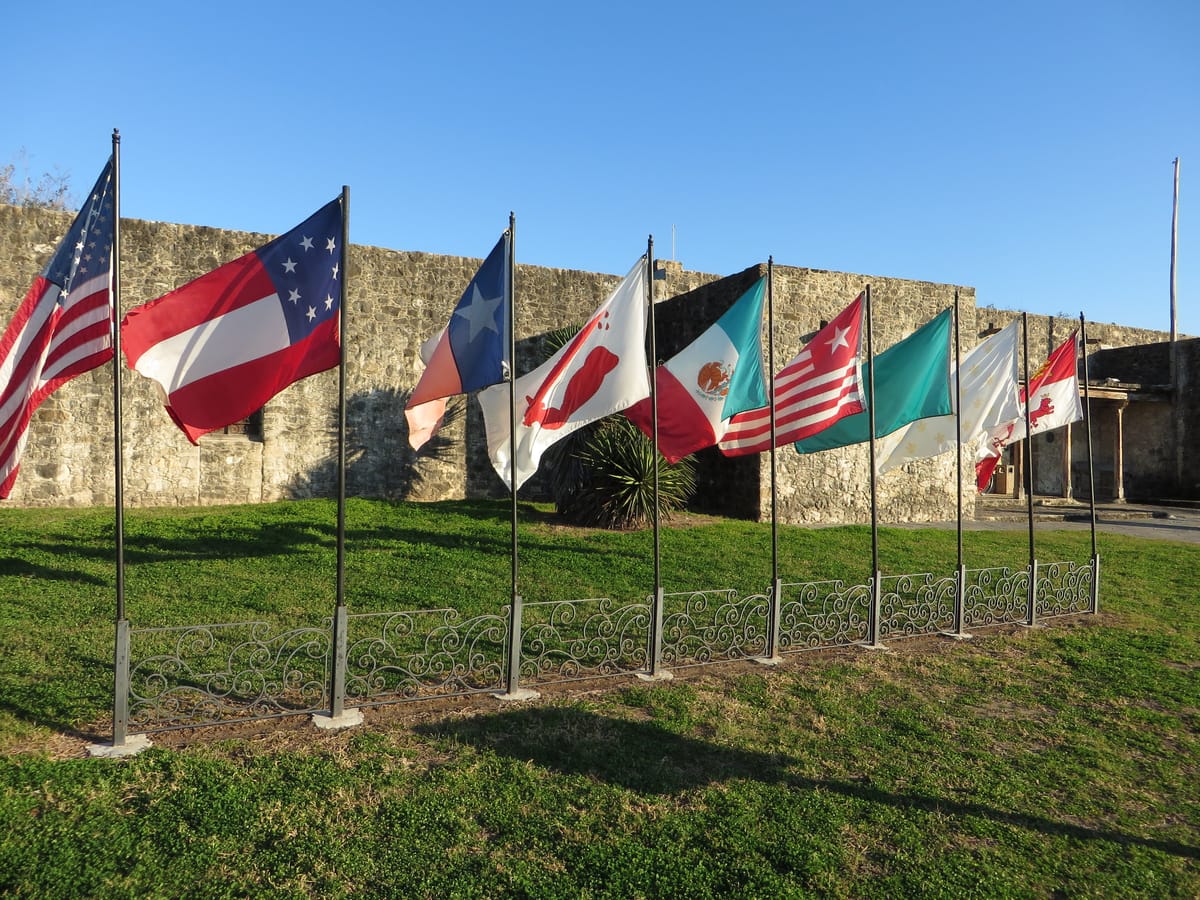
Famous for being the one of only two fortresses in the original Mexican Texas (the other being The Alamo), Presidio La Bahia serves both as a monument to American and Mexican history as well as a memorial to the bloody Goliad Massacre of 1836. And though not as much of an American legend like The Alamo, the Presidio has its own stories to tell, with some of them being shared by the ghosts of those who once lived, fought, and died there.
Timeline of Presidio La Bahia's History
Swipe or use timeline points to see Presidio La Bahia through the years
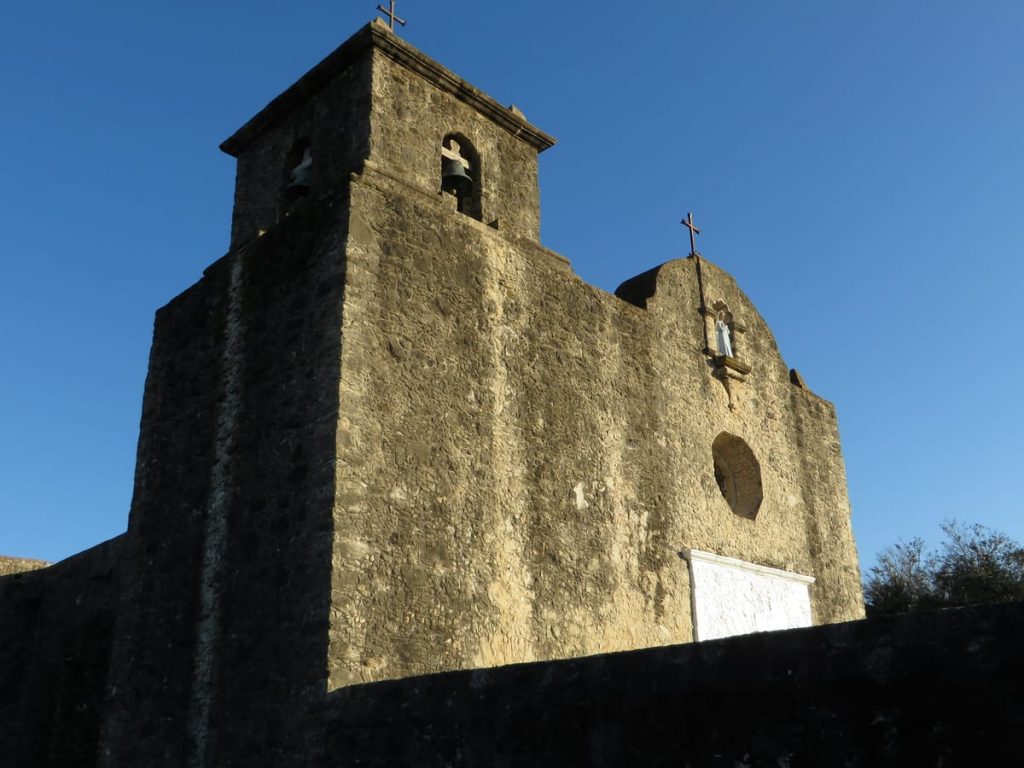
1721
Built in 1721, Presidio La Bahia was constructed by Spanish forces during their time as a colonial power in the area. Including a fortress and an attached chapel, the Presidio was meant to serve as both a military and cultural center for Spanish Texas. The fortress was originally built of wood, but soon proved inadequate and was moved to a new place in 1726, just five years after it had been founded. Unfortunately, this location was not ideal either, and in 1747, the fortress was moved again to a spot near the San Antonio River.
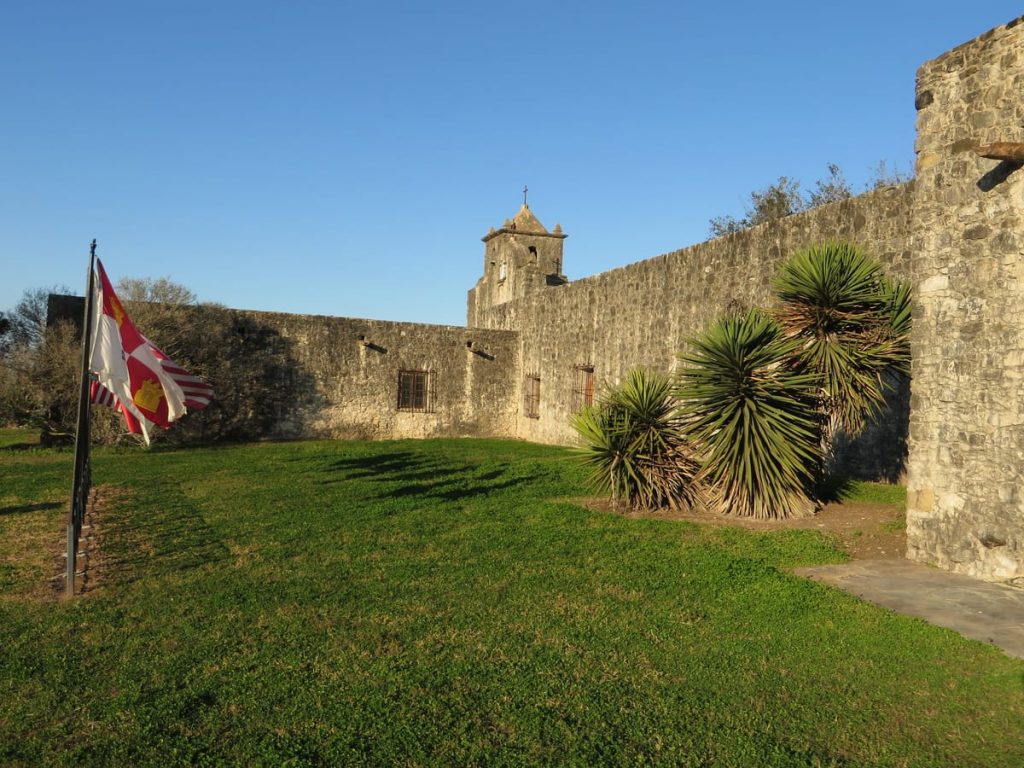
1750
By 1750, the new Presidio had a secured enclosure and included a stone house for the fort commander, several wooden barracks for the 50 soldiers stationed there, and a complement of cannons. The goal of the Presidio La Bahia was to ensure Spanish strength in the region. After French colonies were given to Spain at the end of the Seven Years War in 1767, the fort was no longer needed for combat, as it was now surrounded by friendly territory. But rather than tear it down, the Spanish rebuilt it in stone in 1771.
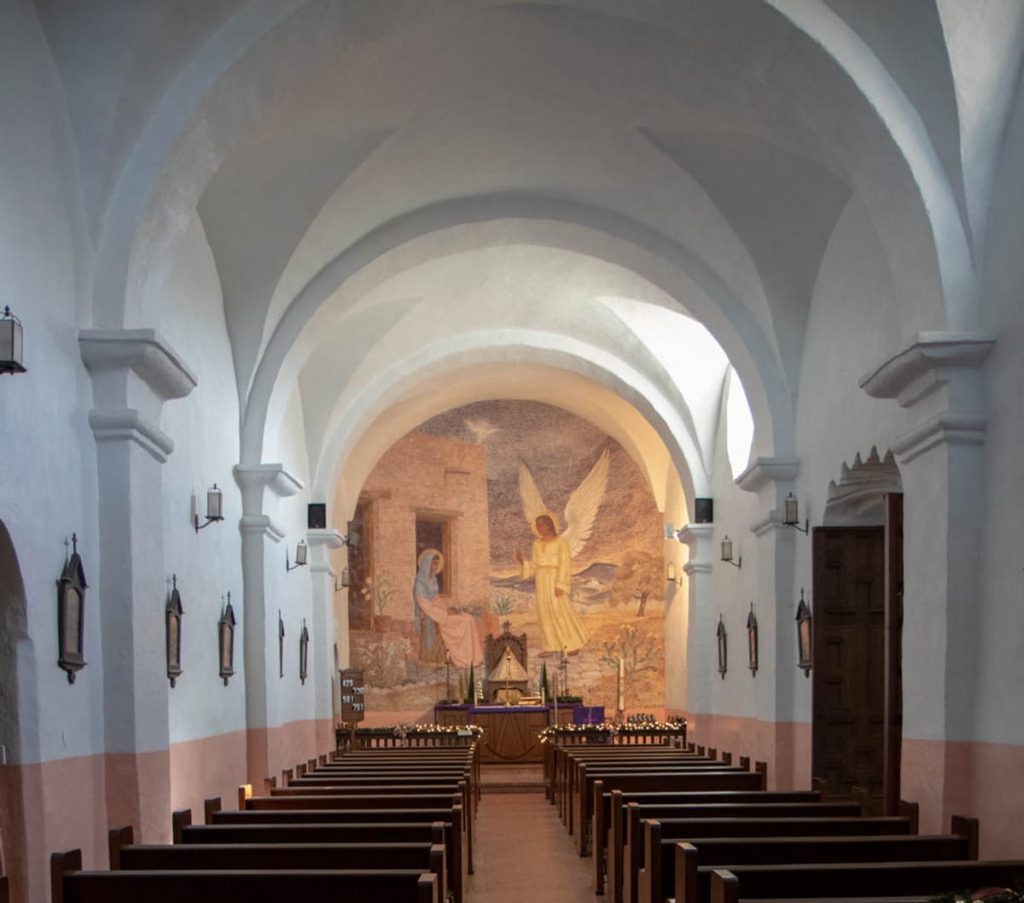
1771
Presidio La Bahia’s placement made it more than just a strong military encampment. Soon, the fort was a center of trade in Texas, and it wasn’t long before a community sprouted up around it. The settlement of Goliad was founded soon after, and by 1804, was home to one of only two schools in Texas. The mission soon began to successfully spread Catholicism to the community, and all seemed destined for peace. However, the stone fortress would soon have its first run in with actual war.
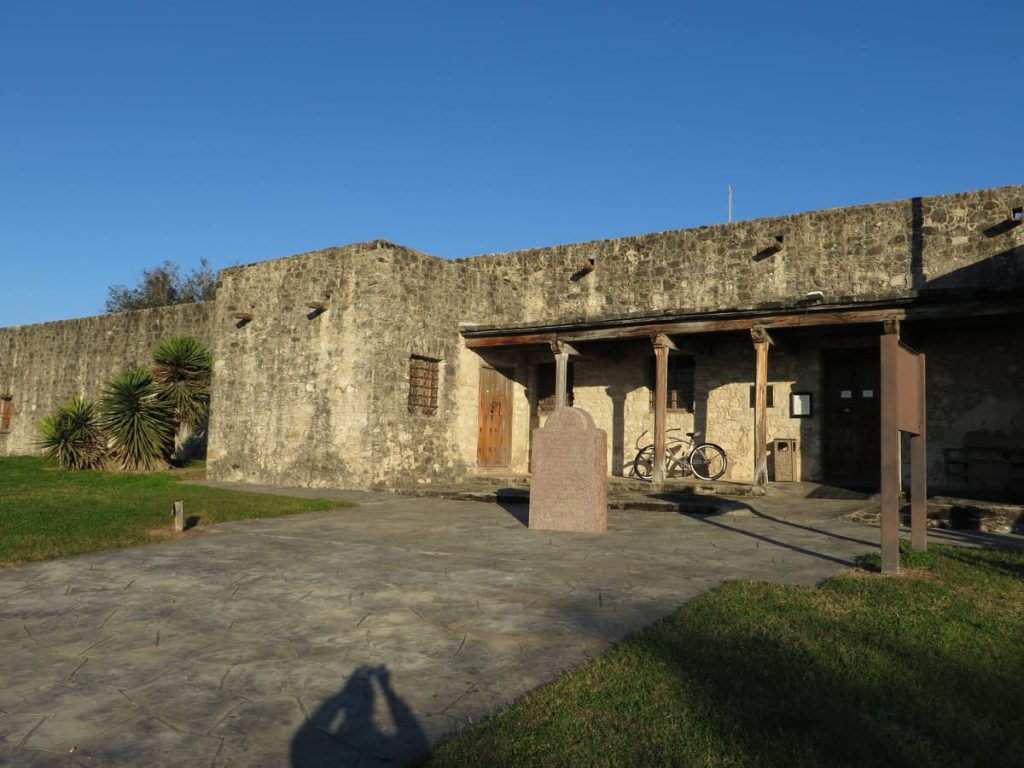
1812
The Mexican War of Independence began in 1810. By 1812, Spanish soldiers were sent to prevent the incursion of revolutionaries into Texas, leaving La Bahia unguarded. Invading armies soon encountered Presidio La Bahia, taking over it easily. Despite the Spanish efforts to take it back, they had built Presidio La Bahia too well. By February, 1813, they gave up on recapturing it. Rebels remained in control until summer, when reinforcements recaptured the fortress. The fort did not see battle again until 1821.
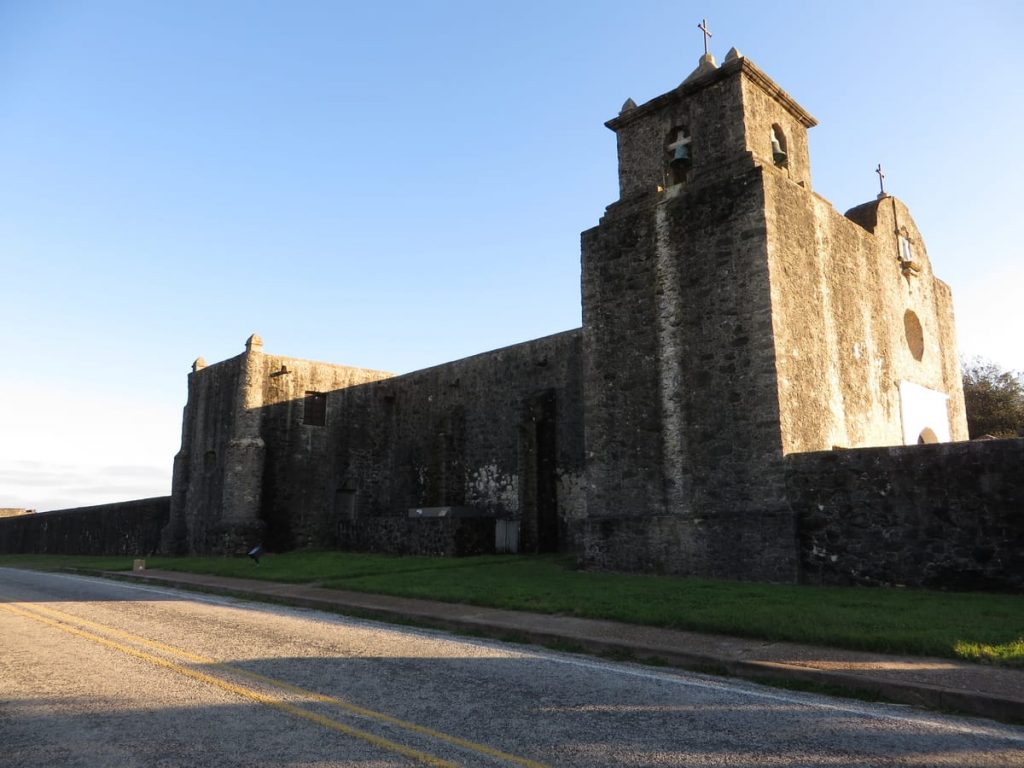
1821
Right before the Mexican revolution ended, Spain entered a treaty with the US that said the US forfeited all claims to Texas. This infuriated Americans near the Texan border. One group of Americans, named the Long Expedition after their leader, James Long, hoped to take Texas by force. Long led 50 men into Texas and took control of Presidio La Bahia, but only held it for four days before being ousted. Presidio La Bahia saw battle once more in the 1835 Texas Revolution, the bloodiest chapter in its history…
Presidio La Bahia’s Goliad Massacre
Just eight days after the outset of the Texan Revolution in 1835, a group of 125 Texan separatist revolutionaries besieged Presidio La Bahia and its miniscule defensive force. The Mexican soldiers put up a defense, but were quickly overwhelmed and surrendered. Soon after, more fighters and revolutionaries grouped together around Presidio La Bahia, building up a formidable force. By early 1836, the troops at the Presidio were led by Colonel James Fannin, who renamed it Fort Defiance.
In February of that year, after The Alamo siege began, Fannin gathered his forces to back up the fortress. But, after several days, Fannin’s army had not even made it a mile from Presidio La Bahia. The Alamo fell a few days later, with legendarily devastating casualties.
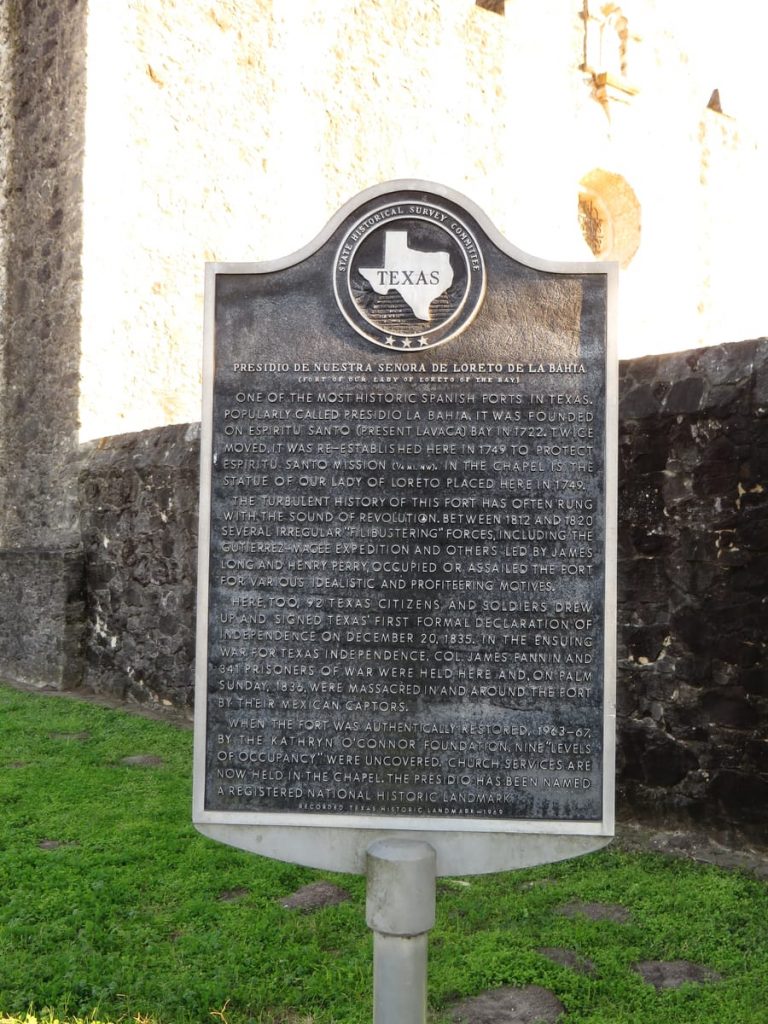
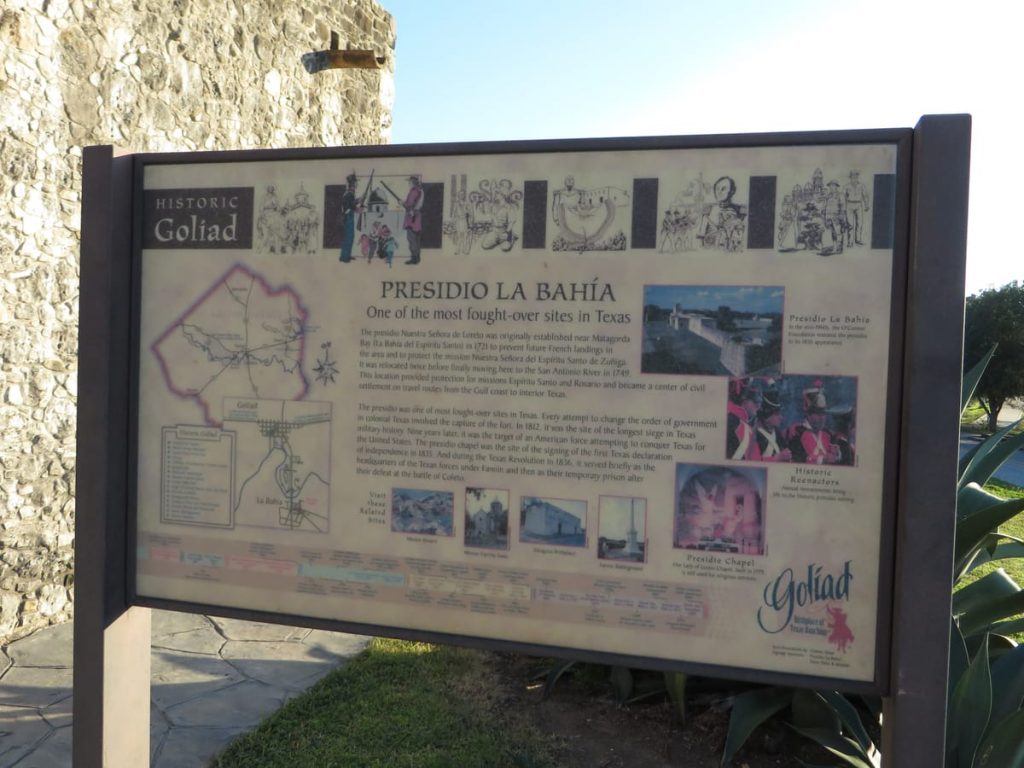
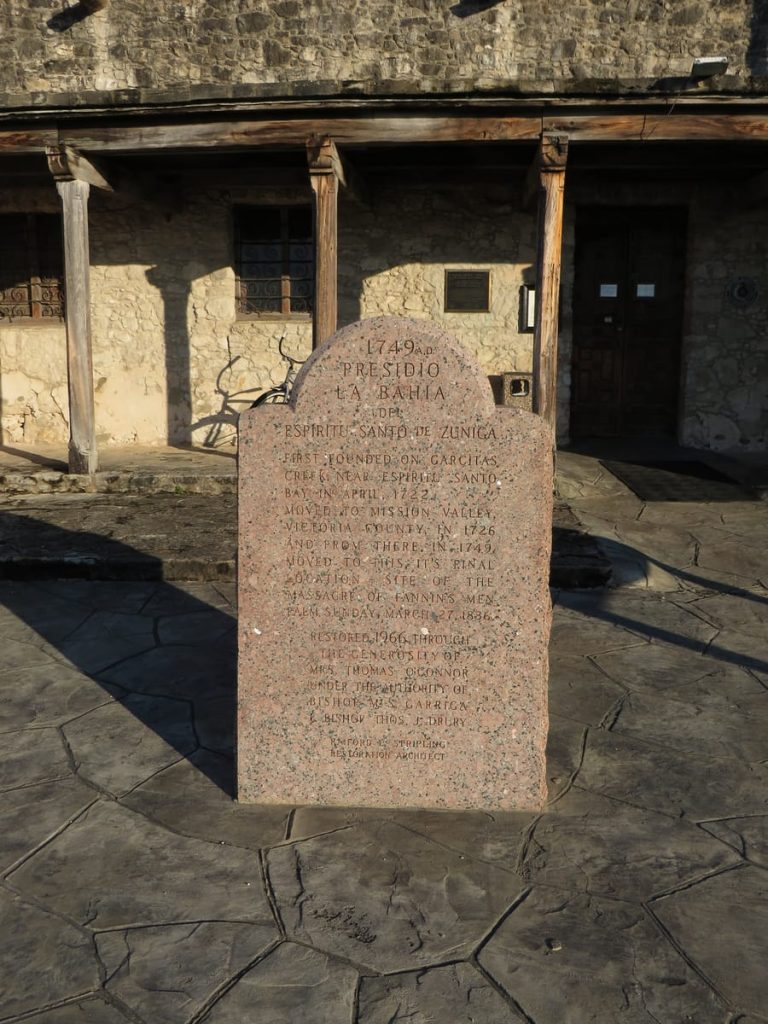
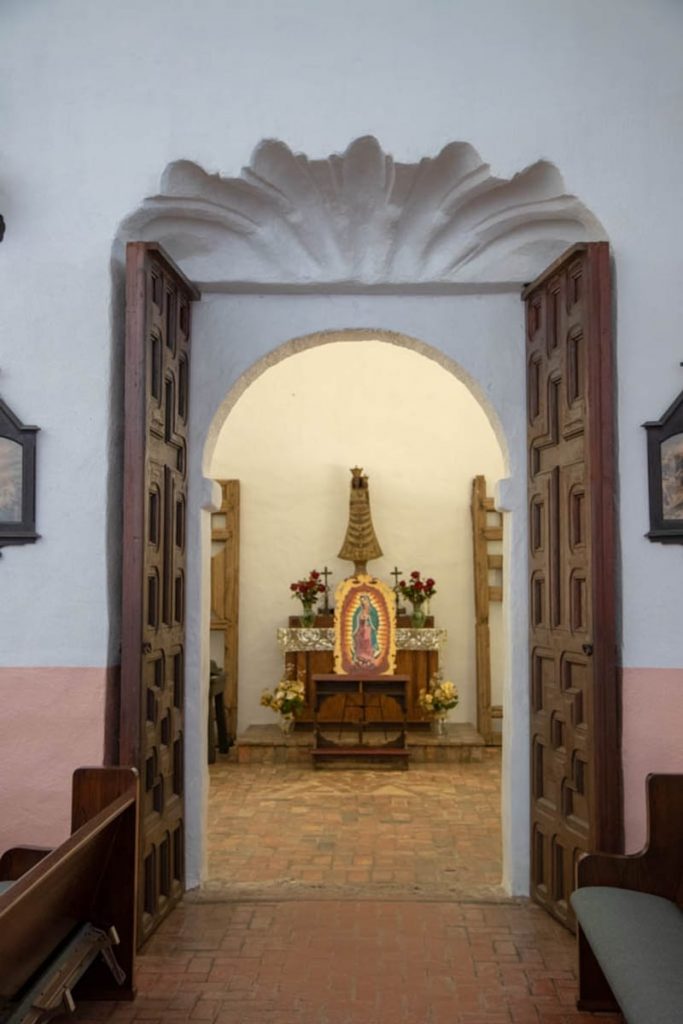
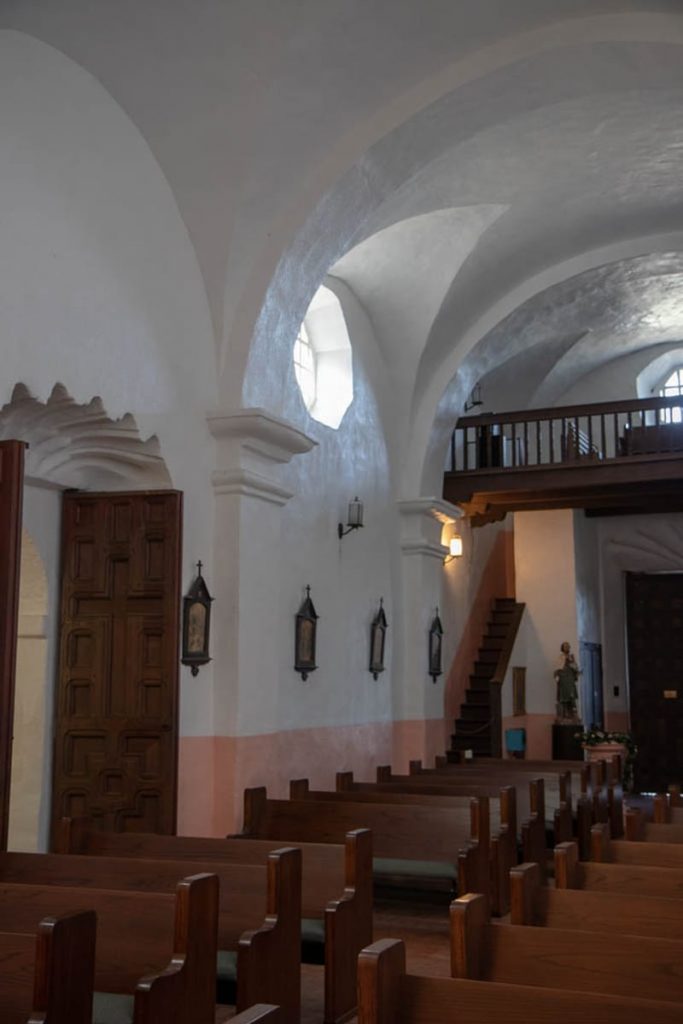
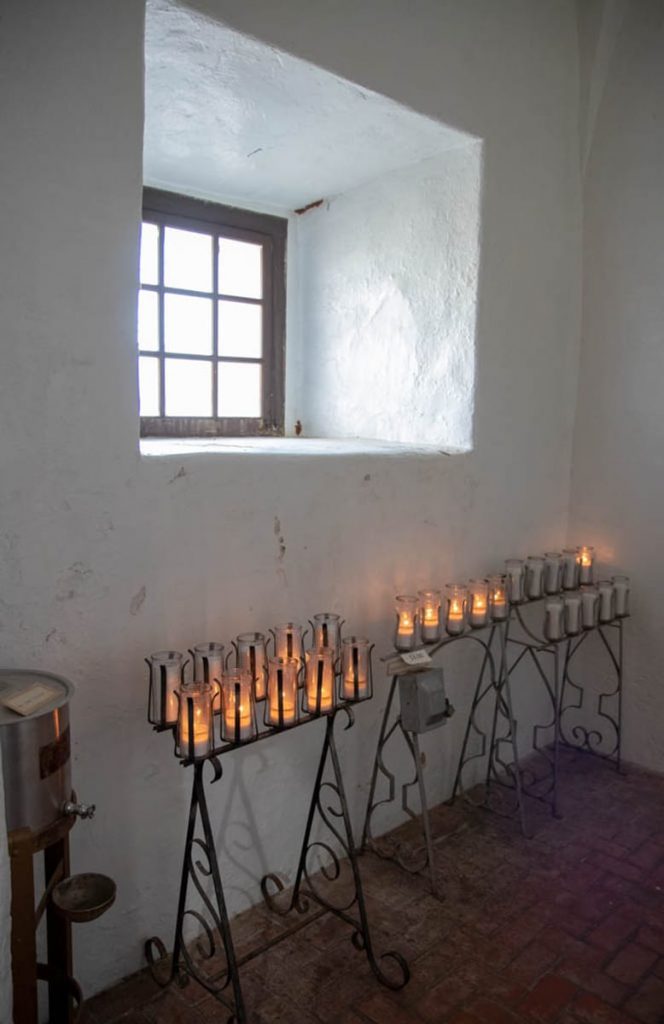
After losing The Alamo, Fannin’s superiors demanded he retreat from Presidio La Bahia at once. He followed their orders and retreated but showed no rush in doing so. A few days after leaving the fortress, Fannin’s troops were captured by Mexican forces and returned to Presidio La Bahia.
Five days later, the leader of the Mexican forces ordered Fannin’s army executed. They were walked out of the fort and shot; a moment now called the Goliad Massacre. An estimated 342 soldiers were killed and burned afterwards. A month later however, the war was lost for Mexico. In June, Republican forces reached the fort and found the remains, ordering a burial for what was left of the bodies. Later, Presidio La Bahia was forgotten as Texas was annexed by the US. By the time Texas became a state, the US had no use for the old fort.
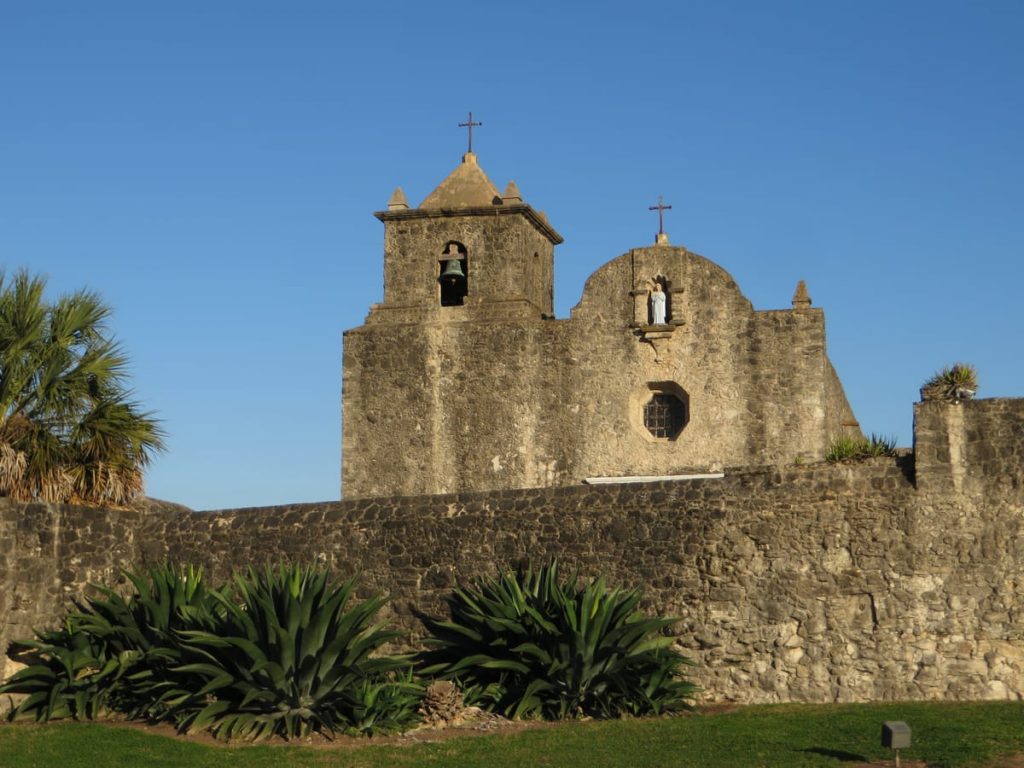
Is Presidio La Bahia haunted?
One of the most common reports of paranormal encounters at Presidio La Bahia is the sounds of distant screams. Visitors say they can hear the wailing day or night.
These screams are said to be thick with pain, and wail through the air around the fort rather often.
Those who have heard the phantom howls suggest that they come from the spirits of the hundreds of soldiers killed in the Goliad Massacre.
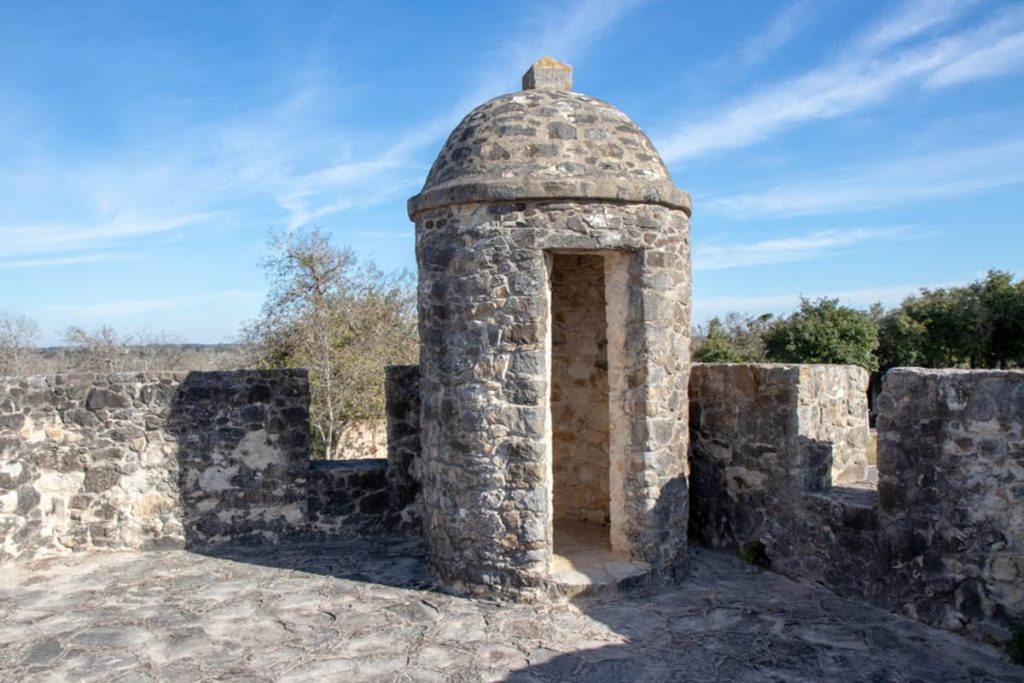
Soldier Spirits Guard Presidio La Bahia
Going along with these painful screams, people taking tours through the fort have reported seeing shadowy specters of soldiers patrolling around the grounds, sometimes even seeing the apparitions in the middle of the day.
Other unexplained sounds heard around Presidio La Bahia include sounds of gunfire and cannon blasts echoing through the area, always without any explanation.
But, perhaps the most well-known unexplained sounds at Presidio La Bahia aside from pained screams are heavy, stomping footsteps heard all throughout the site.
Other telling remnants of the Goliad Massacre are reports of phantom blood spots appearing on the walls of the fort and then disappearing before peoples’ eyes, along with the smell of rotting, burning flesh. Sometimes, the phantom odor of burning flesh is said to be so intense, it attracts vultures to the fort.
Additionally, in an area of the fort known as the quadrangle, tourists often say they get uneasy feelings, as if they’re being watched by dozens of unseen eyes.
Presidio La Bahia’s Ghostly Reputation
Ghost stories around Presidio La Bahia have become so common that they have attracted media attention. The fort’s paranormal tales have been the subject of numerous news articles and TV news stories, and the fort was once featured on Travel Channel’s Most Terrifying Places in America.
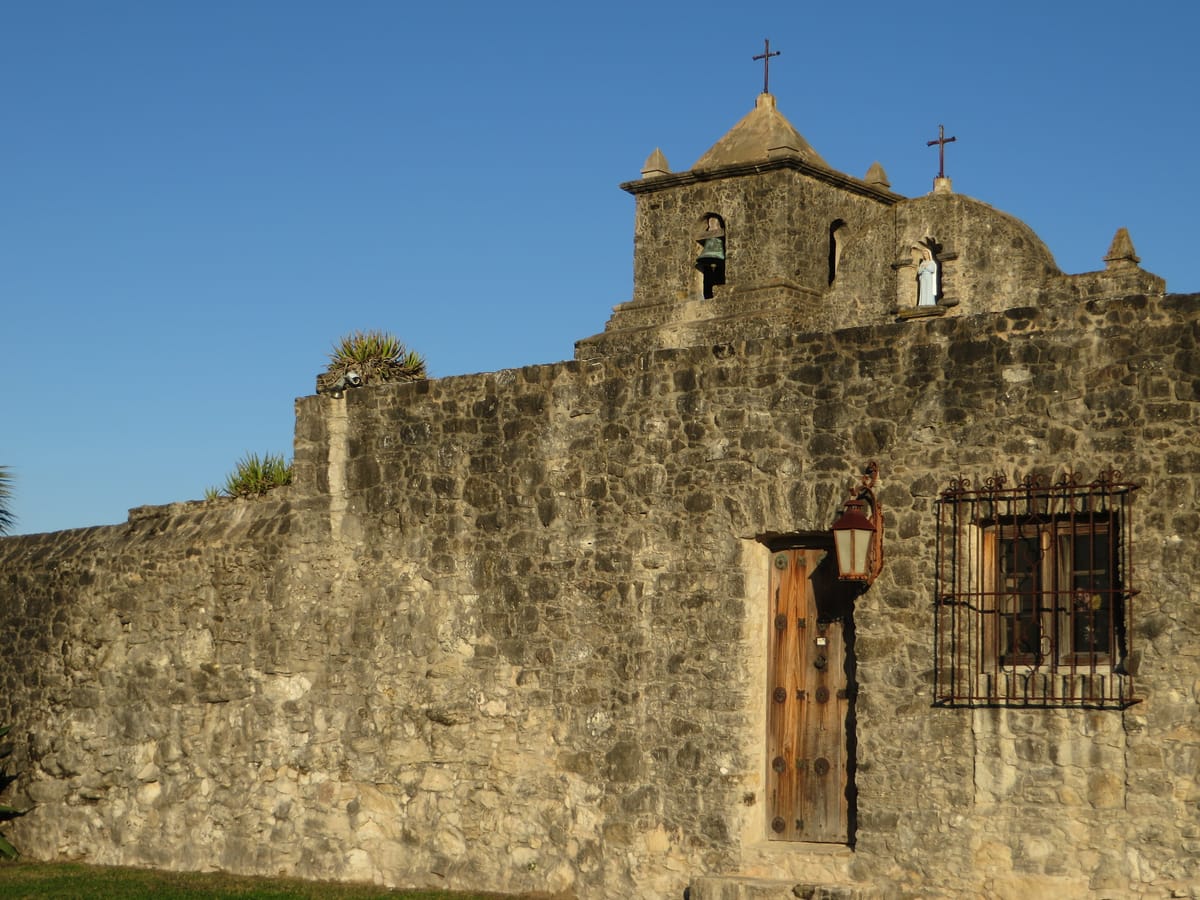
And, while Presidio La Bahia doesn’t advertise ghost tours or paranormal investigations directly, they do offer overnight stays in ‘The Quarters’ section of the fort, a reconstructed military officer’s quarters, where they note you can get a restful night’s sleep.
That is, as long as the ghosts of massacred soldiers don’t keep you up all night.



